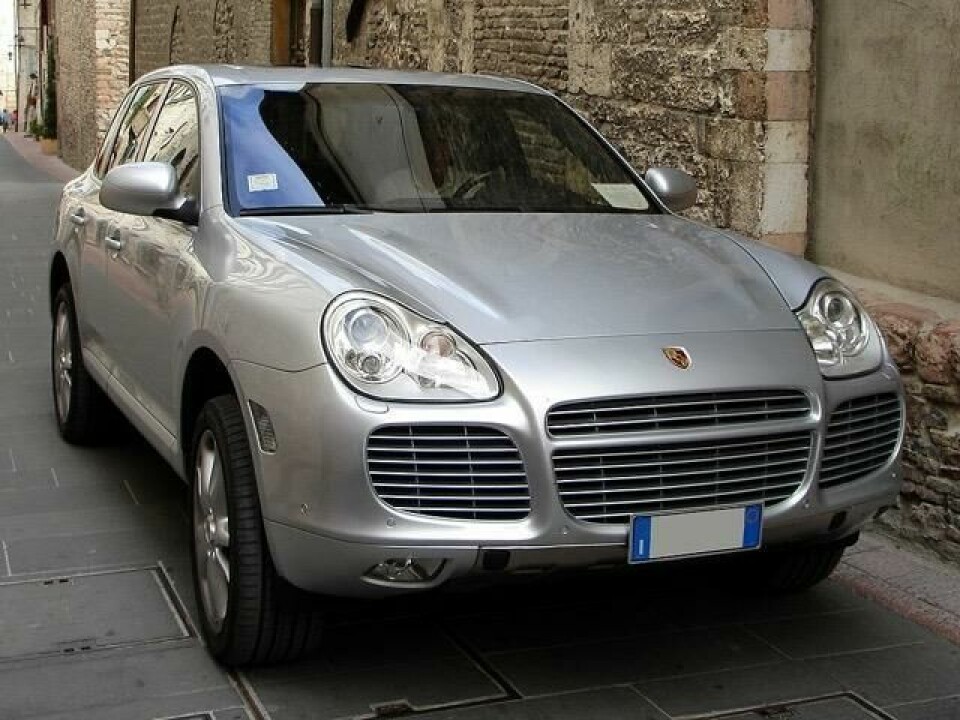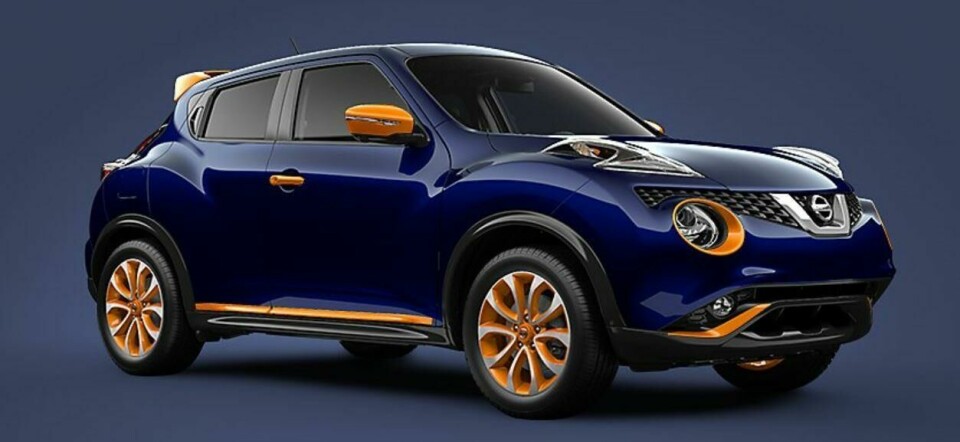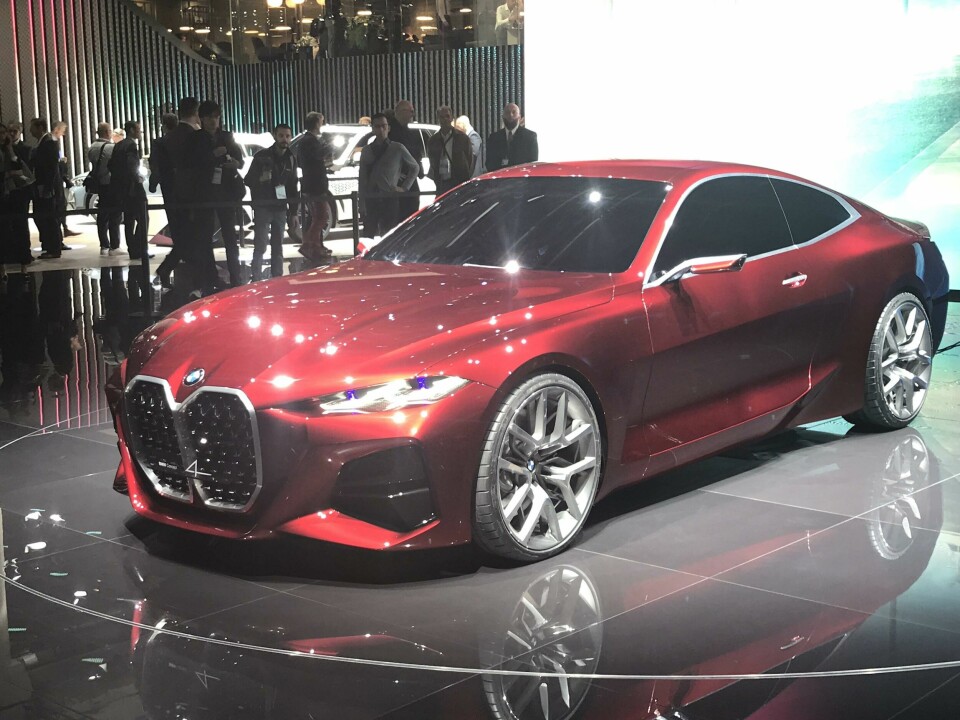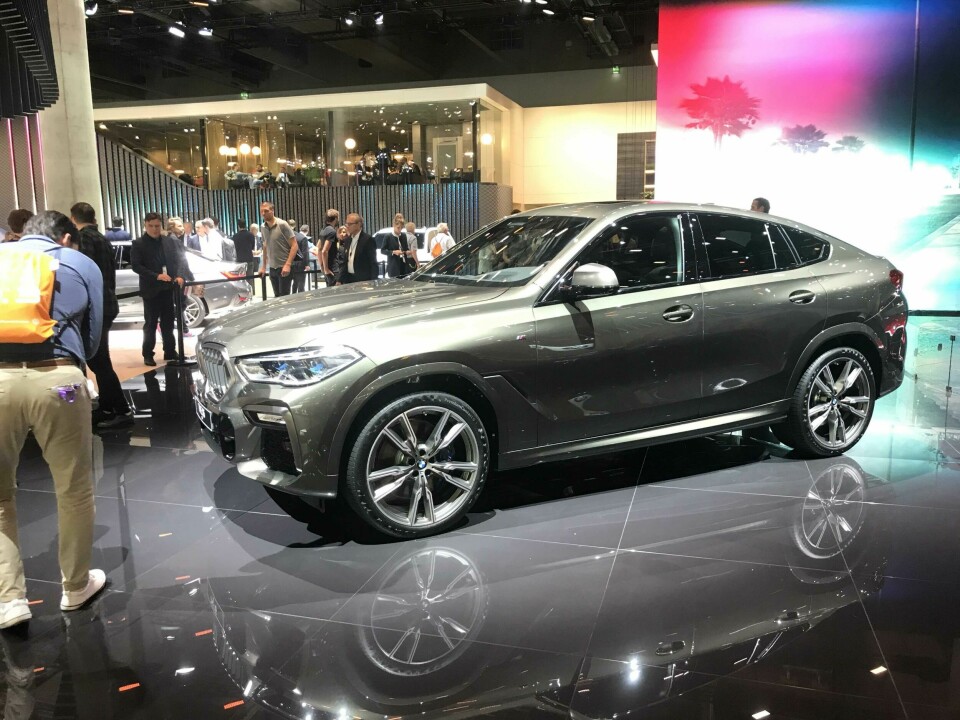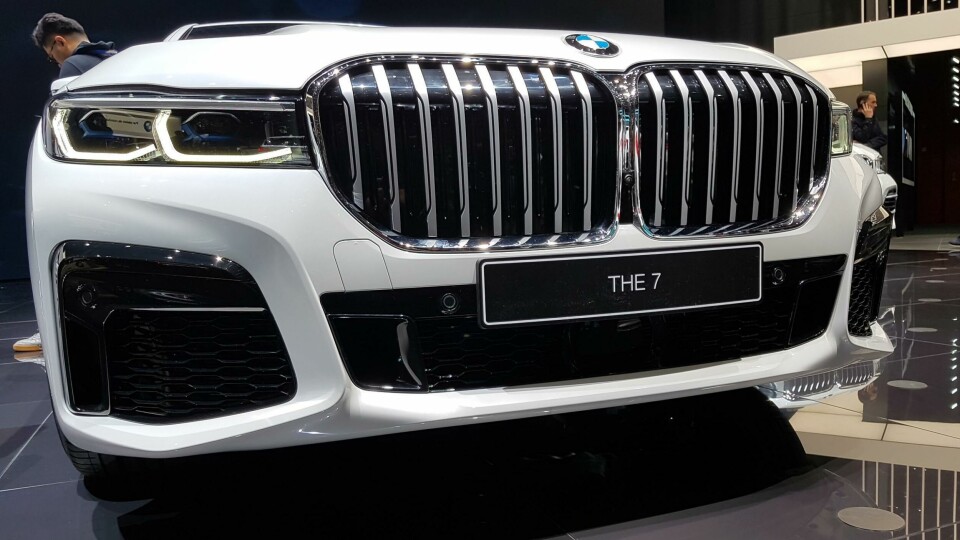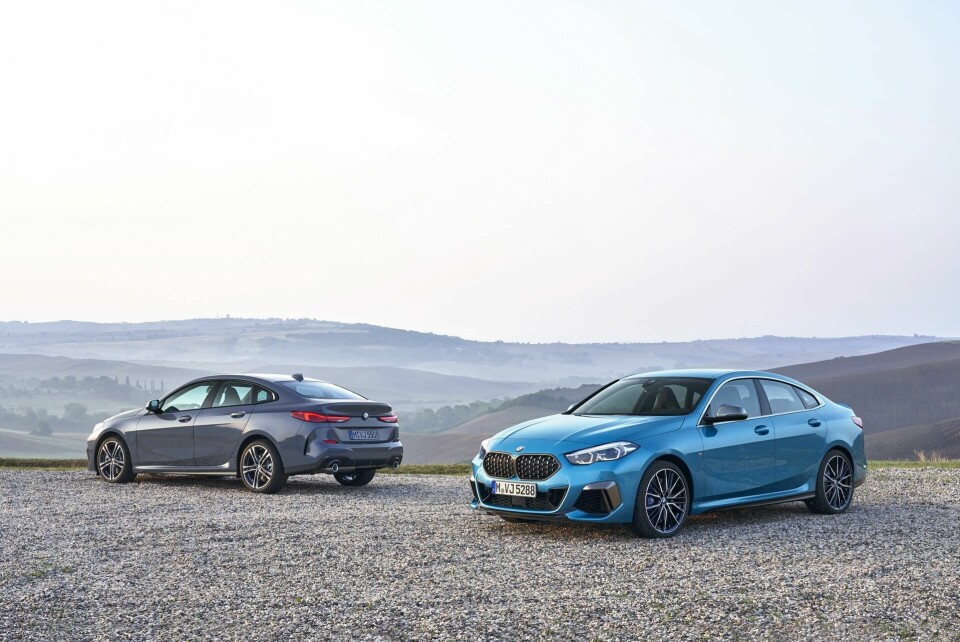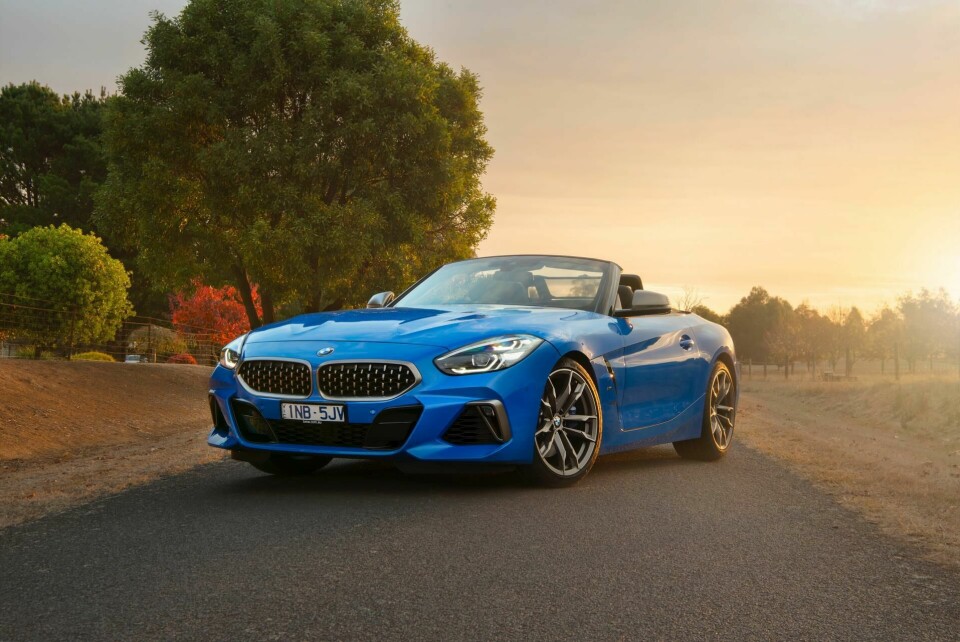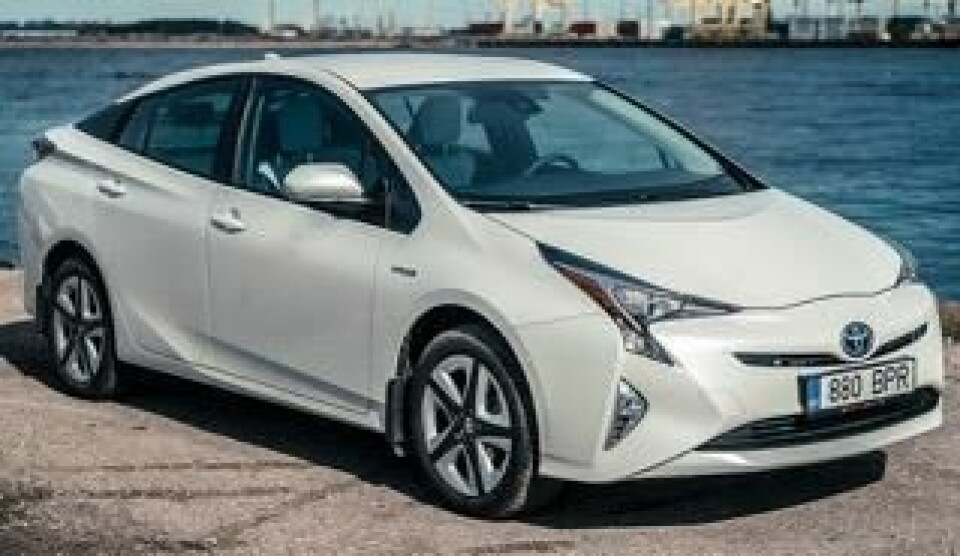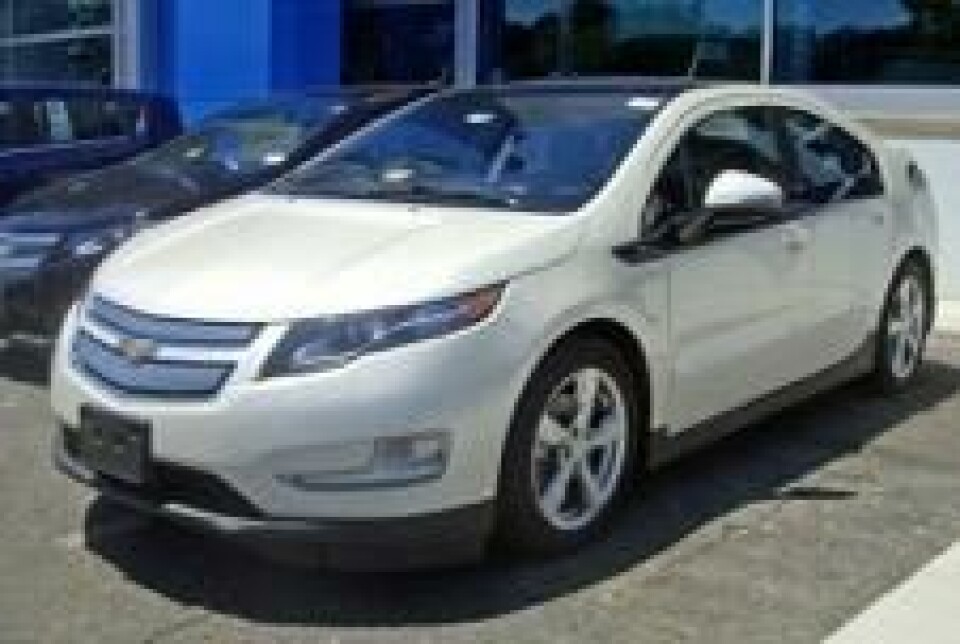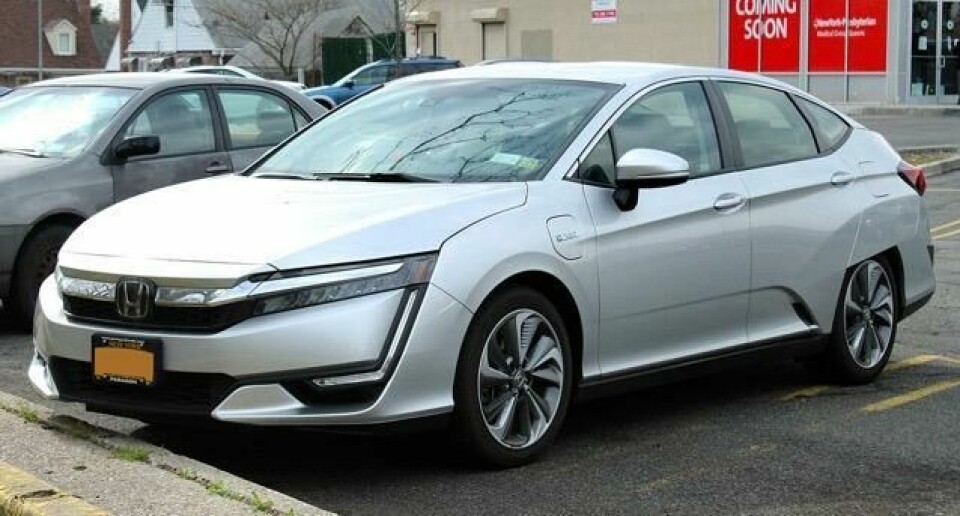
Design Essay: The Strange Allure of Ugliness
From Edsel to Marcos Mantis, Reliant Robin to Pontiac Aztek, ugly cars have been assaulting our eyeballs since the dawn of the automotive age
In recent times however, a marked change seems to have occurred, in that a grotesque appearance doesn’t seem to be quite the curse it once was. Whereas the more unseemly conveyances of the past were for the most part condemned to commercial failure and social ignominy, many of today’s automotive success stories are, by contrast, conspicuously uneasy on the eye.
How exactly does a car almost universally derided upon launch, in large part due to its bloated and piggish appearance, go on to not only propel its once-beleaguered maker into the commercial stratosphere, but to turbocharge a premium SUV revolution which swept the entire industry?
Held to traditional aesthetic standards, the 2002 Porsche Cayenne – along with BMW’s X6, Nissan’s Juke, Lamborghini’s Urus and arguably Toyota’s C-HR to name but a few – should have been the epic fail to end all epic fails. Clearly, the reality couldn’t have been more different.
Whilst it must be noted that the widespread movement toward heavyset SUVs and crossovers, or the hardcore aero addenda utilised by many modern supercars, are not exactly conducive to great works of beauty, we should remember that ugly yet successful cars are not an entirely new thing (see Ford’s 1960s Anglia). What is particularly striking now is that many well-regarded manufacturers seem to be actively pursuing ugly design styles even in more traditional market sectors, where elegance once reigned supreme.
– Some current and upcoming BMWs for your consideration
One-time king of suave sophistication BMW has become a particularly notorious example, with the recent facelift of its flagship 7 Series, along with the 4 Series-previewing Concept 4, plus the new Z4, 1 Series, and 2 Series GranCoupe. With their ham-fisted graphics, confused surfacing, mismatched features and in some cases unbalanced proportions, these cars are considered by critics to be tantamount to an all-out assault on the marque’s long history of visual excellence.
(NB: Registered users can read recently appointed design director Domagoj Dukec’s defence and explanation of current BMW design traits by clicking here)
But of course, such an apparent degeneration in aesthetic standards is not exactly unique to the car world at present. Today’s high fashion often seems to consist of super-exclusive brands (e.g. Gucci, Balenciaga, Vetements, etc.) peddling conspicuously gawky, bizarre and often downright unsightly wares.
Particularly prominent is the Triple S trainer (sneaker) by French style house Balenciaga, a shoe which, on the face of it, caricatures the very worst of clumpy, garish, nineties sports-casual horrors whilst simultaneously requiring a small mortgage in order to purchase.
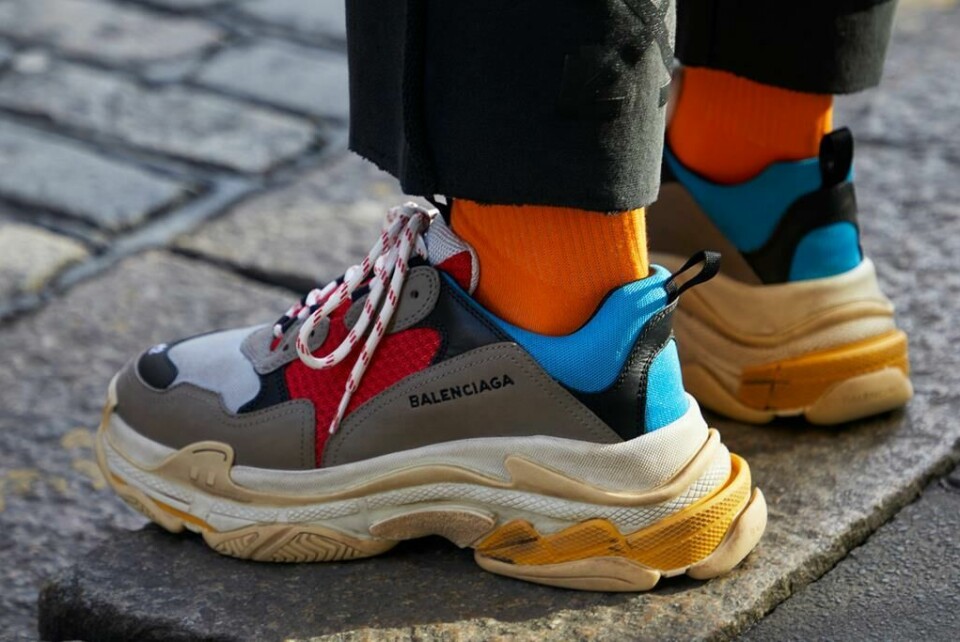
To the footwear novice, such a piece would appear to be little more than a bad joke, yet the shoe has reached near-iconic status, spearheading an industry-wide craze for so-called ‘dad shoes’ – deliberately ugly anti-fashion statements which have become one of the defining style trends of recent times.
But what could motivate anyone to lust after such expensive eyesores?
Well, if nothing else, such recognisably expensive and exclusive artefacts seem especially well-suited to a world increasingly predisposed to loud and gaudy displays of extreme wealth. With the gulf between rich and poor ever-growing, traditional ideas of good taste and decorum are perhaps less important than simply being on the ‘right’ side of that divide and making sure everyone knows it.
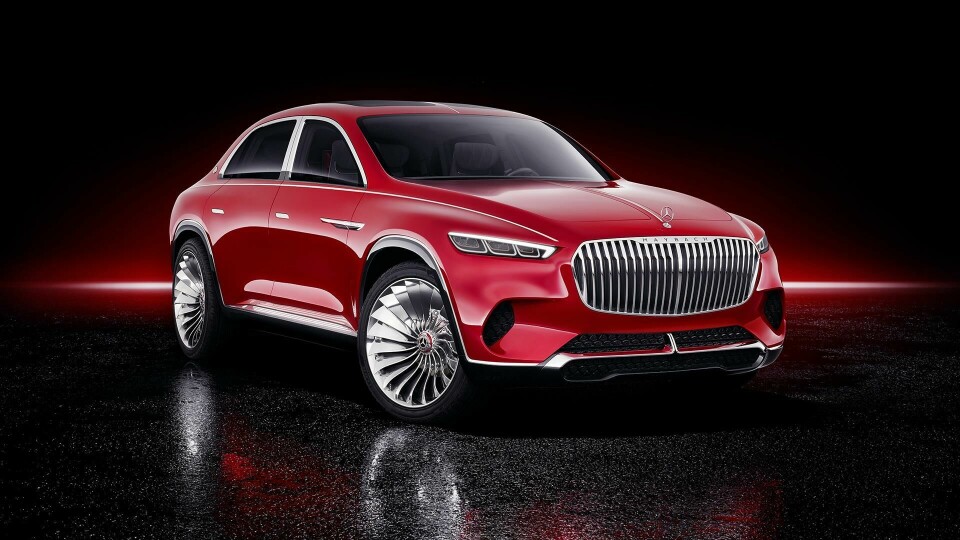
Of course, in times past, ugliness was generally more a marker of sheer incompetence than anything else – after all, a band of Portakabin-dwelling chancers have little greater chance of creating a cohesive piece of car (or product) design than they have of perfecting cold fusion.
However, in markets dominated by mega-corps and, for the most part, saturated with good-value, attractive and competent products, the pursuit of conventional beauty and elegance perhaps seems kind of predictable, even clichéd. What better way to demonstrate that one’s taste is suitably avant-garde, that one really does move in the right social circles and simply ‘gets it’ - whatever ‘it’ may in fact be - than to embrace all that is wilfully, ironically and rebelliously hideous.
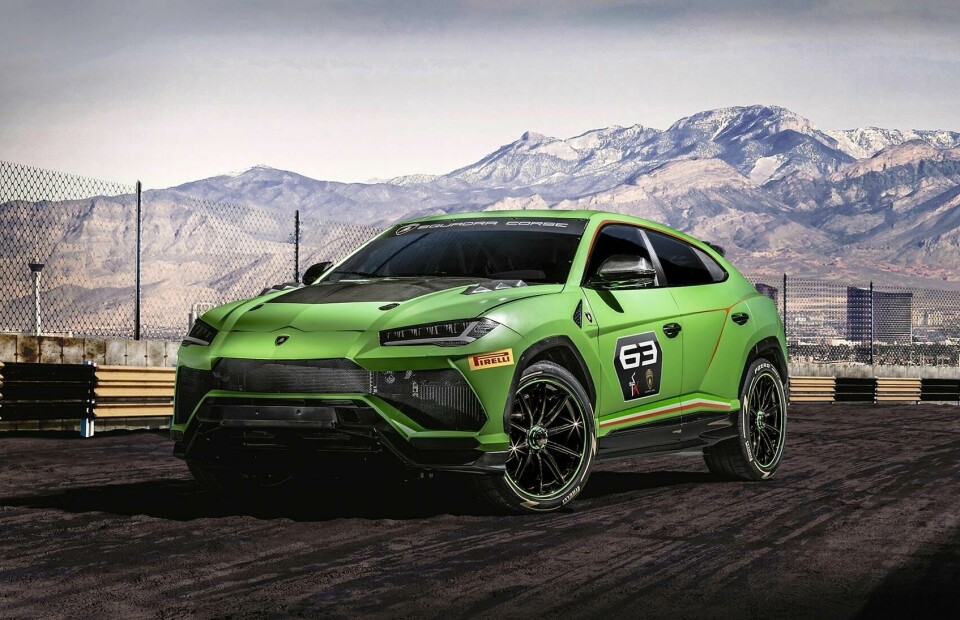
On a less cynical note, and running with the notion that outer beauty is often perceived as an indicator of underlying positive qualities, or at least a baseline level of competence, then public preferences vis-à-vis vehicle aesthetics must inevitably evolve as consumer requirements and desires do.
For all the ingenuity of Toyota’s archetypal Prius, the eco model created a distinct, ungainly aesthetic from the second generation onwards which is now intrinsically linked with the concept of environmental awareness, something which many latter-day eco-heroes (Hyundai Ioniq, Chevrolet Volt, Honda Clarity) have consequently adopted.
– The Prius profile is great for aero, but seemingly less great for elegance (GM Volt and Honda Clarity also shown)
Just as it could be surmised that forgoing a conventionally attractive car has become some sort of symbolic self-sacrifice in the name of planetary responsibility, perhaps it is the case, as we enter the third decade of the twenty-first century, that the sleek and slippery pin-ups of the twentieth are now considered more boomer than zoomer. When once-empty highways become more clogged than Ronald McDonald’s aorta, and younger generations (along with the world’s most lucrative car market) are supposedly more interested in tech than driving, are we really surprised?
Still, it’s hard to escape the nagging feeling that perhaps the primary driver of the ugly revolution might be something a little less noble, or even logical. That is to say, the almost cult-like power of brands. Consumer culture has demonstrated time and time again that hype and marketing can easily outweigh genuine merit or value, aesthetic or otherwise, in the eyes of its disciples.
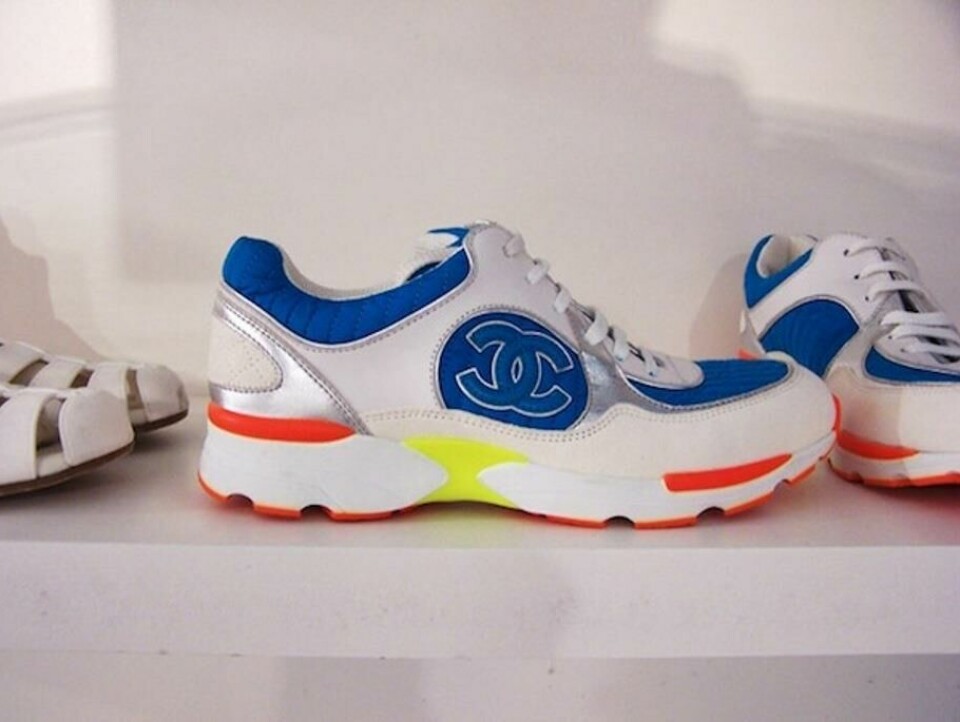
For many, high fashion and style is not some abstract set of ideals to which all comers must aspire, rather it is simply whatever Gucci is doing this season – even if that happens to be an eye-watering brown polyester tracksuit adorned with mismatched colours and vulgar motifs.
Likewise, to the lay person, the epitome of automotive sophistication today is most likely not the delectable Alpine A110, Alfa Romeo Giulia QV, or else some piece of motive sculpture from yesteryear… but a Cullinan, Bentayga, Veneno, or in less rarified atmospheres, the new 1 Series.
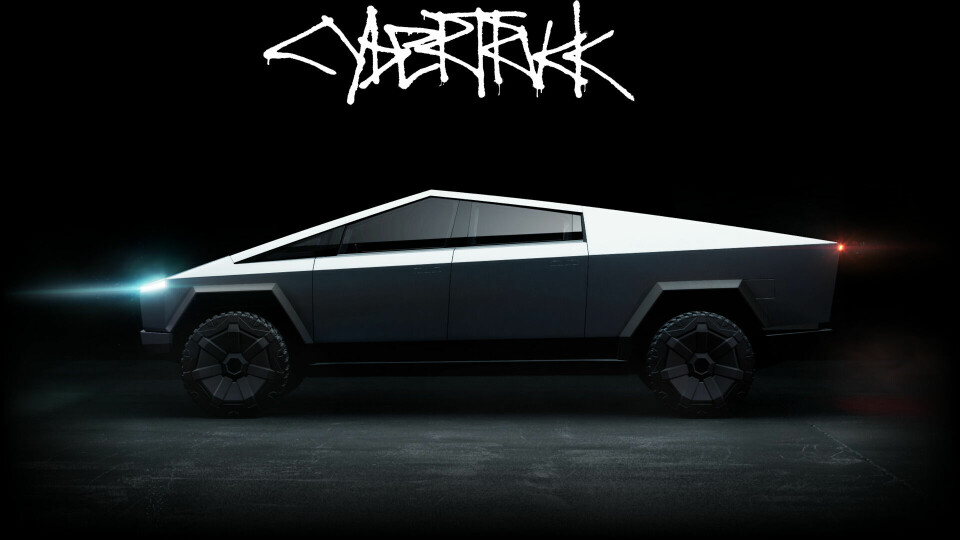
Indeed, as we’ve recently witnessed, a half-baked prototype resembling a toddler’s drawing can trigger a stampede of interest if it bears the insignia of a Silicone Valley demigod. What better indication that nowadays, it is often not what you produce which truly matters, but rather what your name happens to be and how much hyperbole you can generate. If a brand can whip up hordes of would-be buyers for something as apparently amateurish as the Cybertruck, why try harder?
It’s a depressing thought, but perhaps today’s emperors are not just ugly; they’re also naked.
